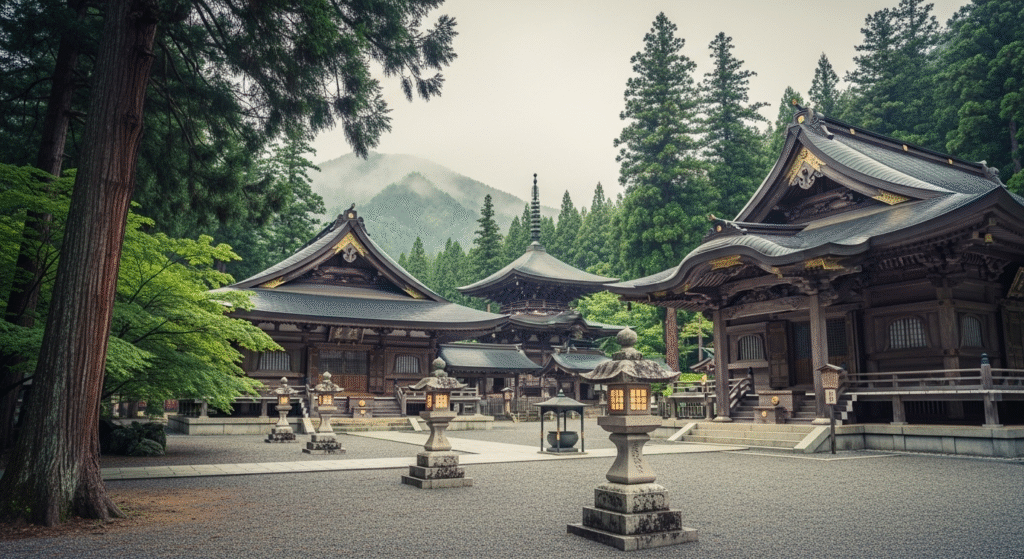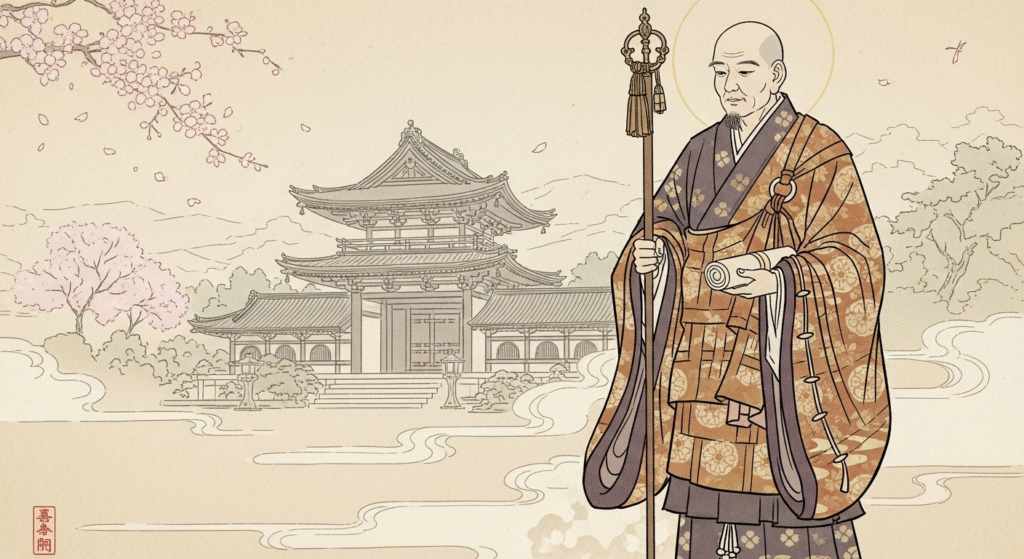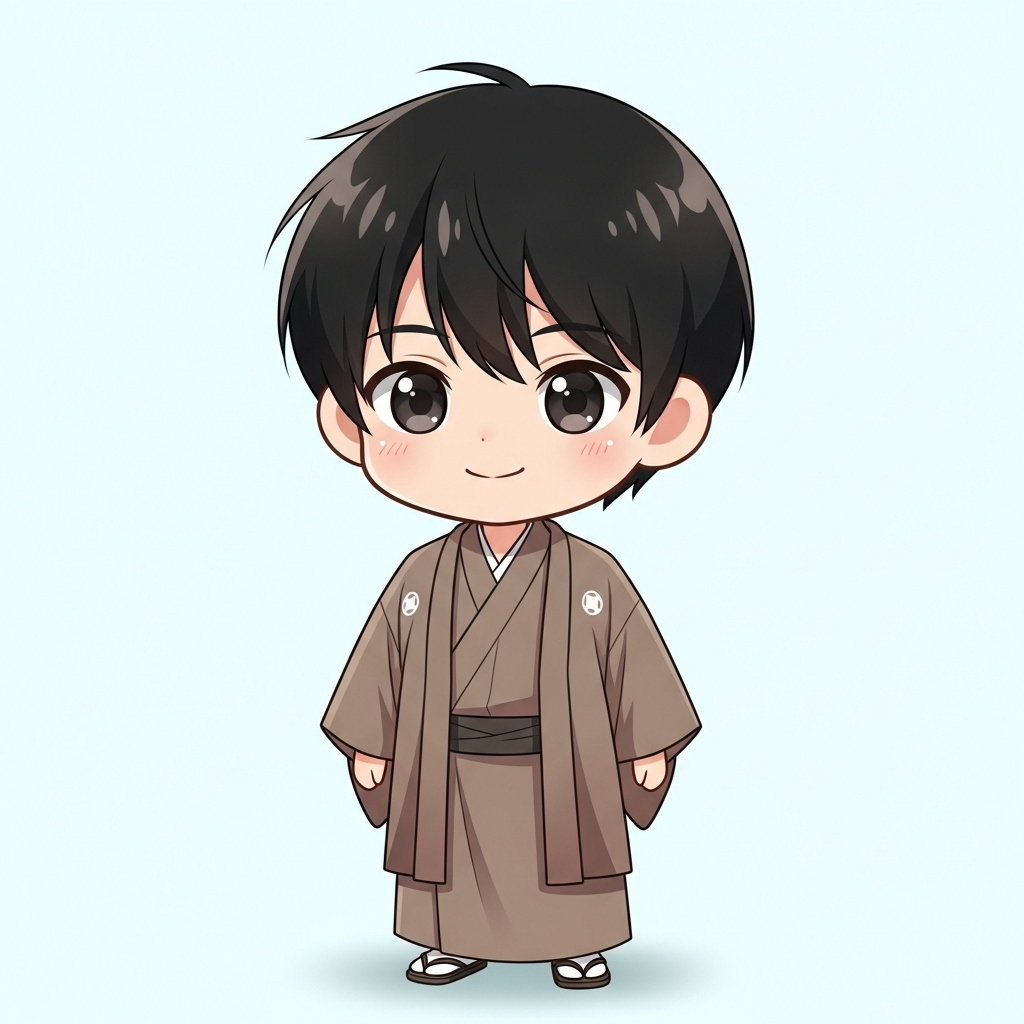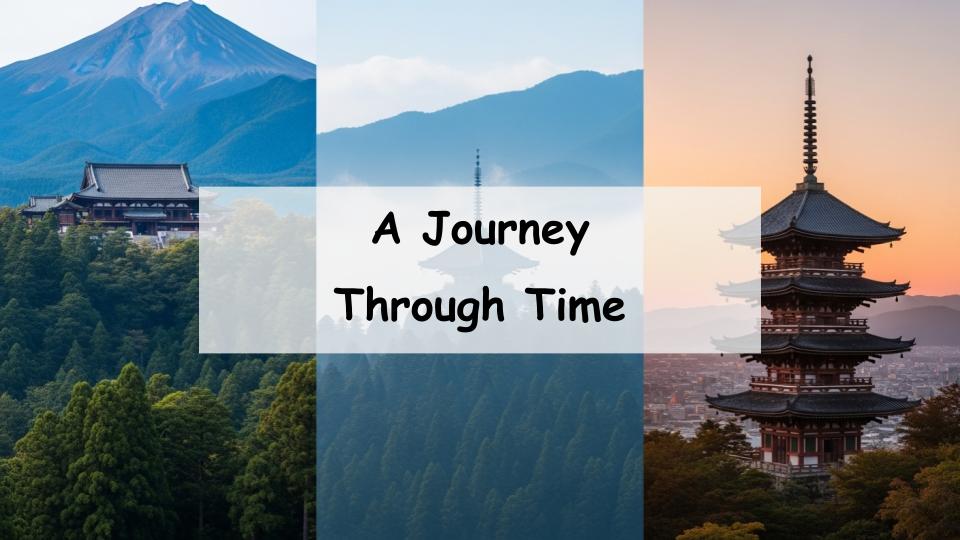Many people search the term “Japan’s Three Great Buddhist Temples” wondering, “Which temples are included?” and “Why were these three chosen?” If you’re interested in Japanese history, culture, or planning a spiritual trip, this is a question worth exploring.
In short, these temples—Enryakuji, Kongobuji, and Toji—each hold deep historical and symbolic significance, having shaped Japanese Buddhism for centuries.
This article will cover what defines Japan’s Three Great Buddhist Temples, the reasons behind the selection of these three, and three unmissable highlights when visiting. Whether you’re looking for spiritual insights or travel inspiration, this guide will help you better appreciate these sacred sites.
- What Are Japan’s Three Great Buddhist Temples?
- Where Are Japan’s Three Great Buddhist Temples? Features and Unique Appeal
- Why Are These Three Temples Considered Japan’s Greatest?
- Before You Go: 3 Key Highlights of Japan’s Great Buddhist Temples
- The Significance and Joy of Visiting Japan’s Three Great Buddhist Temples
- Conclusion: Discover and Embrace the Legacy of Japan’s Three Great Buddhist Temples
- A Message from the Guide
What Are Japan’s Three Great Buddhist Temples?
The term “Japan’s Three Great Buddhist Temples” doesn’t have an official governmental designation. Rather, it refers to three temples that have played a central role in the spiritual, cultural, and historical development of Japanese Buddhism. Their importance lies not in size alone, but in the profound influence they have exerted over centuries.
Where Are Japan’s Three Great Buddhist Temples? Features and Unique Appeal
Enryakuji (Shiga Prefecture)
Head Temple of the Tendai Sect on Mount Hiei
Located on Mount Hiei, straddling Kyoto and Shiga, Enryakuji is the head temple of the Tendai sect founded by Saicho. It is often referred to as the “mother temple” of Japanese Buddhism due to its influential monastic tradition that produced the founders of other major sects.
Cultural Assets and the Path of Monastic Discipline
Enryakuji is home to many national treasures and Important Cultural Properties, with the Konpon Chudo (Main Hall) serving as its spiritual heart. The temple complex stretches across a forested mountain and continues to be a place of intense ascetic training, offering visitors a quiet and deeply spiritual atmosphere.
Kongobuji (Wakayama Prefecture)
Historical Core of the Koyasan Shingon Sect
Kongobuji is the head temple of the Koyasan Shingon sect, established by Kukai (Kobo Daishi). Nestled deep in the mountains of Wakayama, Koyasan developed into a religious city and UNESCO World Heritage Site. Its serene location and rich heritage make it a powerful spiritual destination.
Cultural Experiences Like Shojin Ryori and Temple Lodging
Visitors can stay in temple lodgings (shukubo), enjoy traditional Buddhist vegetarian cuisine (shojin ryori), and join morning prayers. These immersive experiences offer a rare chance to engage directly with monastic life and reflect in peace.
Toji (Kyoto Prefecture)
The Heart of Esoteric Buddhism: Kyoogokokuji
Toji, formally known as Kyoogokokuji, is located near Kyoto Station and was granted to Kukai in the 9th century to promote esoteric Buddhism. It remains a symbolic temple for the Shingon sect and a masterpiece of Heian-era religious architecture.
Iconic Pagoda and Esoteric Buddhist Art
Toji’s five-story pagoda, the tallest wooden tower in Japan, dominates Kyoto’s skyline. Inside the Kodo (Lecture Hall), a stunning three-dimensional mandala of statues reflects the cosmology of esoteric Buddhism. The temple is both an artistic treasure and a place of deep contemplation.
Why Are These Three Temples Considered Japan’s Greatest?
Representing Their Respective Sects

Each of the Three Great Buddhist Temples serves as the spiritual and administrative head of a major Buddhist sect: Tendai, Shingon (Koyasan), and Shingon (Toji). They represent not only religious authority but also a lineage of spiritual knowledge passed down for over a thousand years.
Their Role in the Development of Japanese Buddhism

These temples were instrumental in training monks, developing doctrines, and fostering spiritual innovation. Their influence extended across sects, and their monastic systems laid the groundwork for much of Japan’s religious and cultural identity.
Cultural and Tourism Value Today

Today, they remain vital cultural sites and attract visitors from around the world. Their historical buildings, traditional practices, and rich art collections make them essential stops for anyone interested in the spiritual and artistic legacy of Japan.
Before You Go: 3 Key Highlights of Japan’s Great Buddhist Temples
Must-See Structures and Sacred Spaces
Each temple has an iconic structure: Enryakuji’s Konpon Chudo, Kongobuji’s rock garden Banryutei, and Toji’s towering pagoda. Understanding their historical and spiritual roles enhances the experience and deepens your appreciation of Japanese temple architecture.
Seasonal Ceremonies and Special Viewings
Throughout the year, the temples hold traditional festivals and seasonal events. Spring and autumn often include special openings of sacred areas normally closed to the public, offering rare opportunities for deeper insight and spiritual reflection.
Nearby Attractions and Local Culture
Surrounding areas offer rich cultural and culinary experiences. From the shores of Lake Biwa near Enryakuji, to the serene Okunoin cemetery at Koyasan, to the vibrant cityscape around Kyoto’s Toji, each location invites extended exploration beyond the temple grounds.
The Significance and Joy of Visiting Japan’s Three Great Buddhist Temples
A Spiritual Journey for the Heart and Mind
Visiting these sacred sites is not just sightseeing—it’s an opportunity to reconnect with yourself. The tranquility, rituals, and natural surroundings help center the mind and nourish the spirit.
A Fusion of History, Art, and Nature
Each temple offers more than prayer. Their grounds showcase centuries-old architecture, religious art, and carefully designed gardens that embody harmony between human and nature. These elements come together to create a timeless, immersive experience.
Suggested Itineraries for First-Time Visitors
Even first-time visitors can enjoy these temples with ease. Audio guides, multilingual signage, and friendly temple staff make exploration accessible. Consider day trips or overnight stays that combine spiritual visits with local travel gems for a well-rounded journey.
Conclusion: Discover and Embrace the Legacy of Japan’s Three Great Buddhist Temples
Rediscovering Their Enduring Appeal
Enryakuji, Kongobuji, and Toji each offer a gateway into the heart of Japanese spirituality and tradition. Their continued relevance in modern times shows the timeless power of faith, community, and culture.
Tips for Making the Most of Your Visit
To fully enjoy your visit, learn a bit about each temple’s history and sect. Plan your trip around seasonal events or lesser-known features for a deeper connection. Whether for quiet reflection, artistic admiration, or historical interest, these sacred temples offer something for every traveler.
A Message from the Guide

It really made me understand how great Saichō and Kūkai were.











Comment